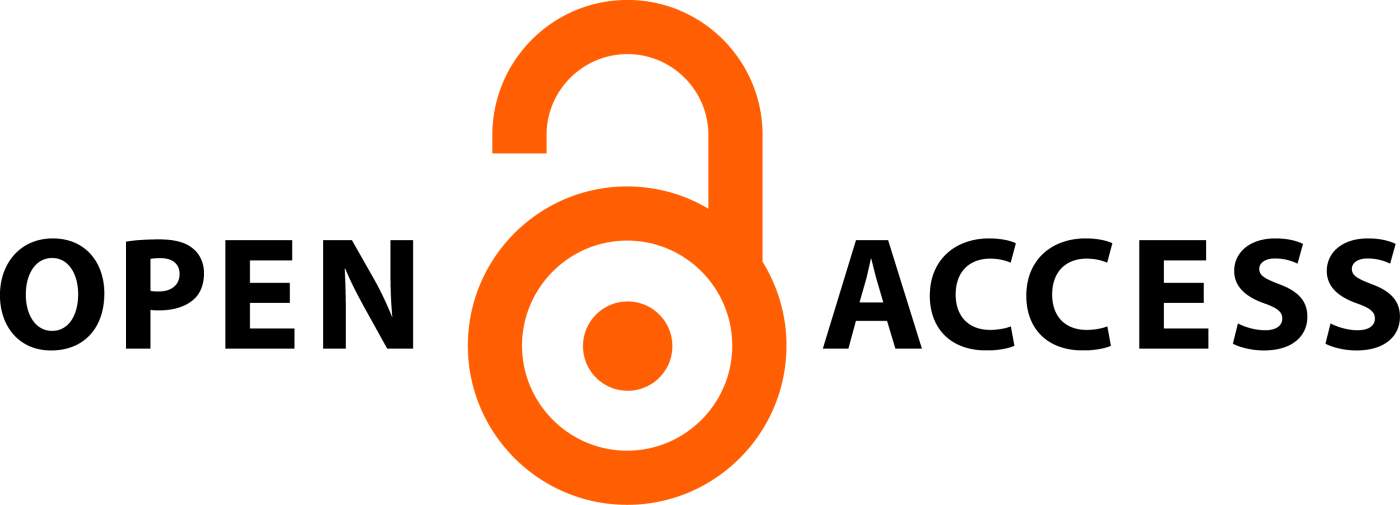HELICOBACTER PYLORI AND RELATED RISK FACTORS IN PAKTIA, AFGHANISTAN
Abstract
Introduction: A recent research that examined data from 62 nations found that more than half of the world’s population is infected with Helicobacter pylori, According to geographical prevalence estimation, nearly 4. 4 billion persons were infected worldwide in 2015. This study was used to randomly select students enrolled in a university in Paktia province, Afghanistan, for the questionnaire survey.
Material and Methods: Prevalence and characteristics of H. pylori infection: a total of 300 people were surveyed and their results showed that the prevalence of H. pylori infection was 41% (124/300) in a college in Paktia province, Afghanistan.
Results and Discussion: Showed that H. pylori infection was associated with age, education, chronic gastritis, peptic ulcer, frequent epigastric discomfort, frequent acid reflux, type of water consumed and vegetables consumed were related to each other with statistically significant differences (p < 0.05). Factors with univariate analysis of p < 0.1 were included in the multifactorial logistic regression analysis, and the results showed that age, chronic gastritis and peptic ulcer (OR = 2.981, p = 0.001), (OR = 4.876, p < 0.001), (OR = 4.057, p < 0.001) were independent risk factors for H. pylori infection; Other differences did not reach statistical significance such as feeling stressed consumption of spicy food, rice and smoking (p > 0.05). Regular consumption of rice (OR = 0.544, p = 0.019) was a protective factor against H. pylori infection and may reduce H. pylori infection to some extent.
Conclusion: This study will further help to understand the current status, associated risk factors, prevention and intervention of H.pylori infection in related region.
Downloads
All the articles published in JAPSR are distributed under a creative commons license (CC BY-NC-SA 4.0)
Under this license, you are free to:
- Share- copy and redistribute the material in any medium or format for any purpose, even commercially.
- Adapt- remix, transform, and build upon the material for any purpose, even commercially.
The licensor cannot revoke these freedoms as long as you follow the license terms.
- Attribution — You must give appropriate credit , provide a link to the license, and indicate if changes were made . You may do so in any reasonable manner, but not in any way that suggests the licensor endorses you or your use.
- NonCommercial — You may not use the material for commercial purposes .
- ShareAlike — If you remix, transform, or build upon the material, you must distribute your contributions under the same license as the original.
- No additional restrictions — You may not apply legal terms or technological measures that legally restrict others from doing anything the license permits.
Copyright policy
The journal allows the author(s) to hold the copyright of their work. That means the authors do not need to transfer the copyright of their work to the journal. However, the authors grant JAPSR a license to publish the article and identify itself as the original publisher.
Licensing policy
The journal allows the author(s) to hold the copyright of their work. That means the authors do not need to transfer the copyright of their work to the journal. However, the authors grant JAPSR a license to publish the article and identify itself as the original publisher.






